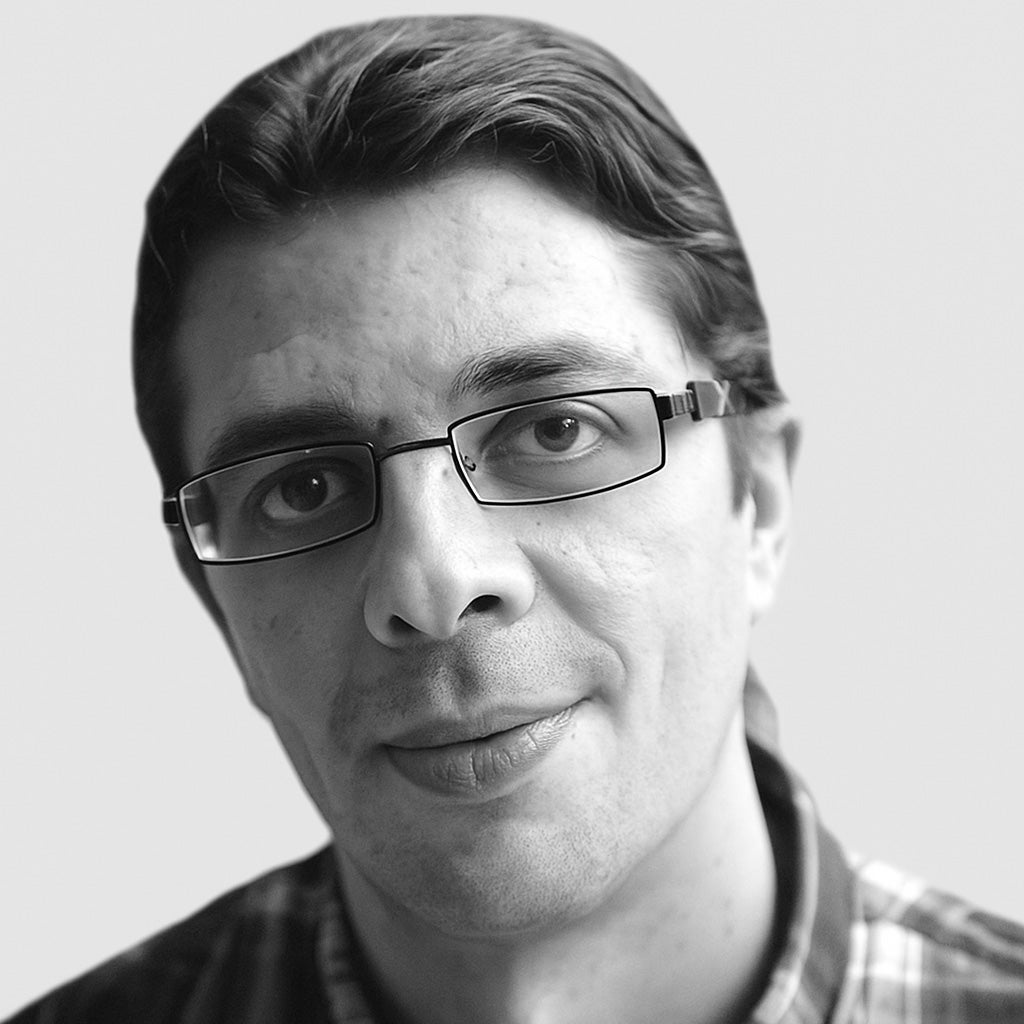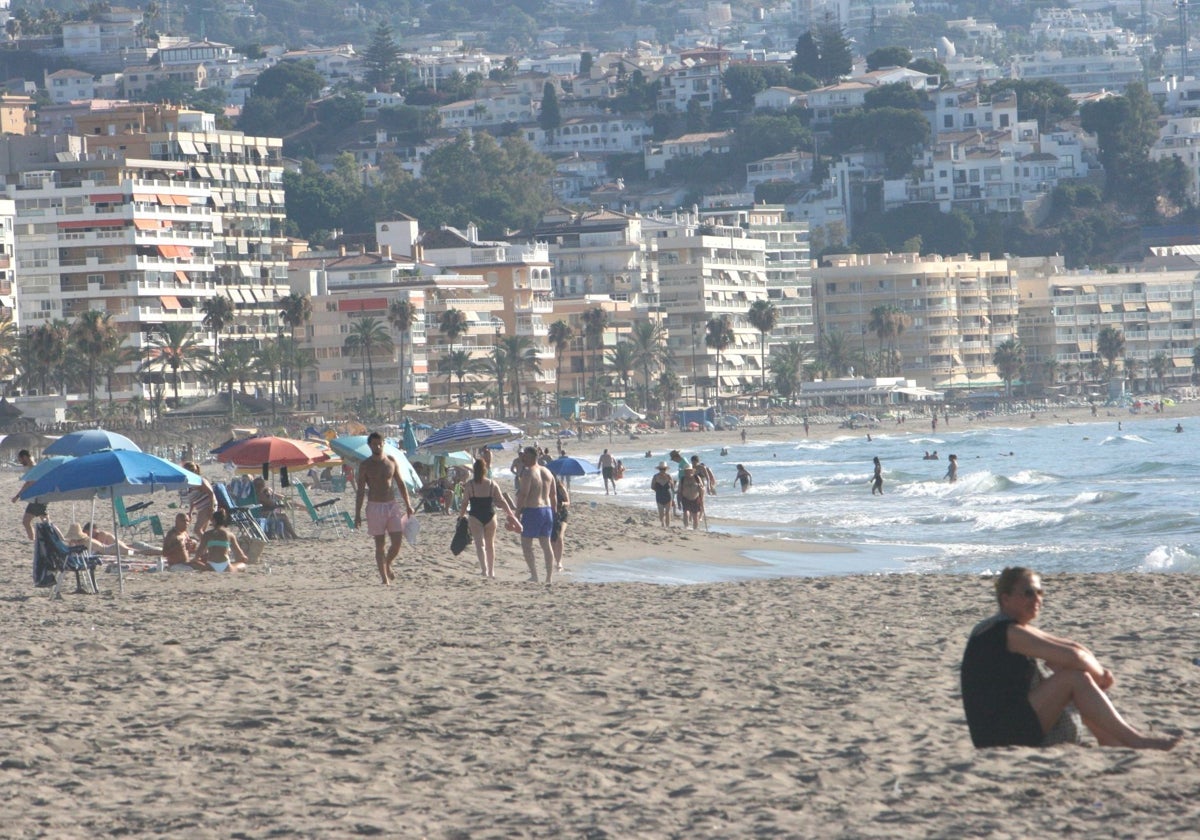Fuengirola initiates the process to revise its urban development plan
The technical work will be carried out in eight phases over three and a half years with the aim of setting the goalposts for a sustainable future
Fuengirola town hall has set the machinery in motion to develop its new urban planning framework. The route to be used is the one established in the law of impulse for the sustainability of the territory of Andalucía (Lista) of December 2021, a regulation that allows local administrations to propose urban transformation actions without the need to proceed to a modification of the general planning through two instruments - the urban management plan (POU) and the general municipal management plan (PGOM).
The first of these refers only to urban land and serves to organise the existing town in detail and respond to the needs for improvement, regeneration and rehabilitation: the second configures and defines the medium and long-term model and includes rural land. The POU leads to the PGOM, and this dual system of planning, based on two figures that simplifies its processing and facilitates its development in comparison with the general urban development plan (PGOU), will be used for the first time by Fuengirola.
"The aim is to project the town of the future, with a commitment to a more liveable, sustainable Fuengirola, committed to the fight against climate change"
"With the drafting of the new POU we are taking a decisive step towards updating Fuengirola's planning, adapting it to the new regulations and current challenges," urban planning councillor Rocío Arriaga told SUR. The aim, she said, is to "project the town of the future through the improvement and regeneration of what already exists, with a commitment to a Fuengirola that is more habitable, sustainable and committed to the fight against climate change". Arriaga added that "this instrument will allow medium and long-term planning of urban development" in a municipality that, due to its size and density, "needs to continue moving towards a more friendly, welcoming and healthy model". But the goal will not be achieved quickly; it will take years.
The first step taken by the municipal government is to contract a technical assistance service for the drafting of the urban development plan, the strategic environmental assessment (SEA) and the complementary documents and updates required by the regulations, as well as making any necessary corrections to the cartographic base of the urban land. The contract has been put out to tender for 242,000 euros and bids can be submitted until 28 August. The contracting committee is not expected to finish its work before the end of September.
The town hall will contract a technical assistance service to accompany it throughout the process
With the award criteria set out in the tender documents, the town hall is looking for a solvent proposal and a solvent team to the extent that the economic offer represents only 43 per cent of the evaluation. The technical proposal, which must consist of a project or descriptive report, receives 45 per cent of the score, while the remaining twelve points are shared between the bidders' experience (10 per cent) and the improvement of the minimum multidisciplinary team required (2 per cent).
Working in eight phases for sustainable development
Whoever receives the contract will have three and a half years (42 months) of work ahead of them, during which time they will have to develop the eight phases into which the project has been divided, starting with the definition of the work programme and a public participation plan; and continuing with a preliminary diagnosis document; and the advance and initial strategic documents (DIE). In the fourth phase will come the document for initial approval, the SEA and the health impact assessment document (HIA), which will precede the public information phase and the summary document explaining the modifications. The sixth part of the process focuses on the strategic environmental declaration; prior to the final approval of the PGOM; and the preparation of the final version of the plan, which will conclude the work of technical assistance to the council.
According to the provisions of the Lista, the purpose of the PGOM and the POU is to facilitate urban planning as a public function, which includes the planning and organisation of the occupation and use of land, as well as its transformation through urbanisation and building and its consequences for the environment. Furthermore, these plans must ensure sustainable urban and territorial development, urban planning that promotes rational and efficient land use, establishing guidelines and strategies that avoid urban sprawl, revitalise the existing town and its functional complexity, and favour the circular economy, encouraging the consolidation of existing urban centres and the diversity of uses through urban improvement, rehabilitation, regeneration and renovation actions.


Comentar es una ventaja exclusiva para registrados
¿Ya eres registrado?
Inicia sesiónNecesitas ser suscriptor para poder responder.
Necesitas ser suscriptor para poder votar.